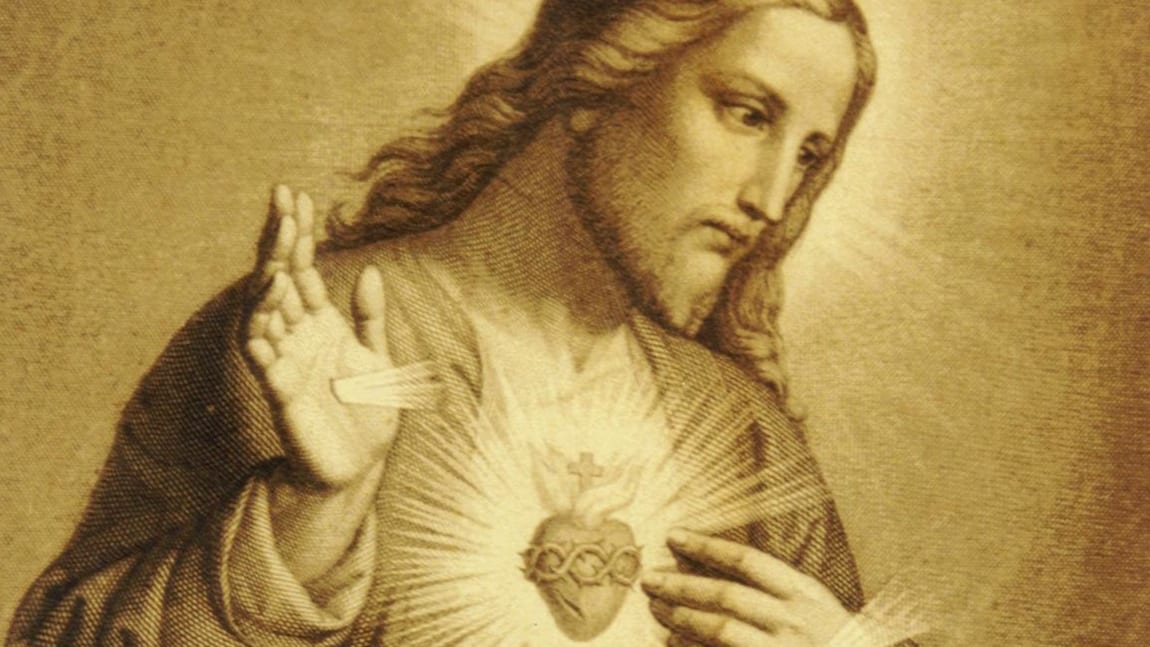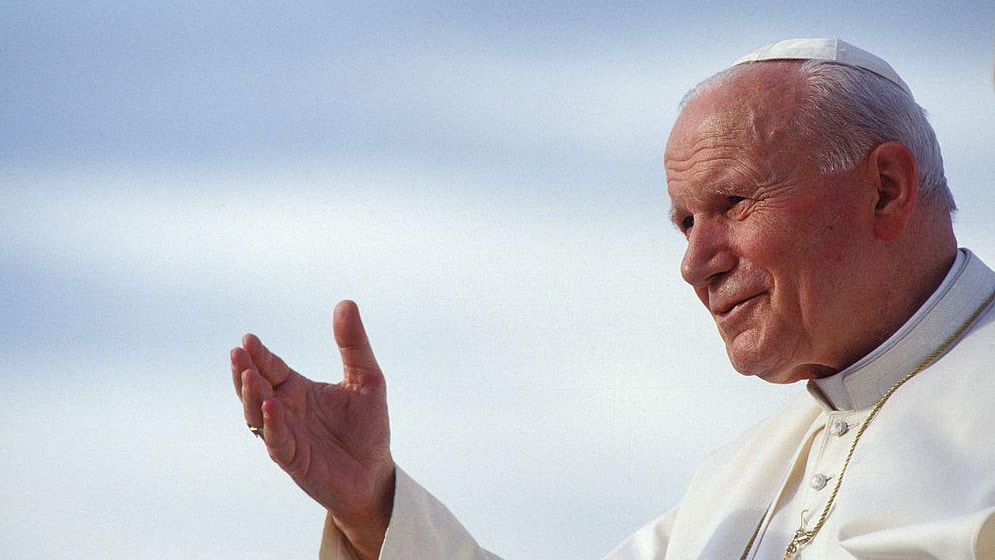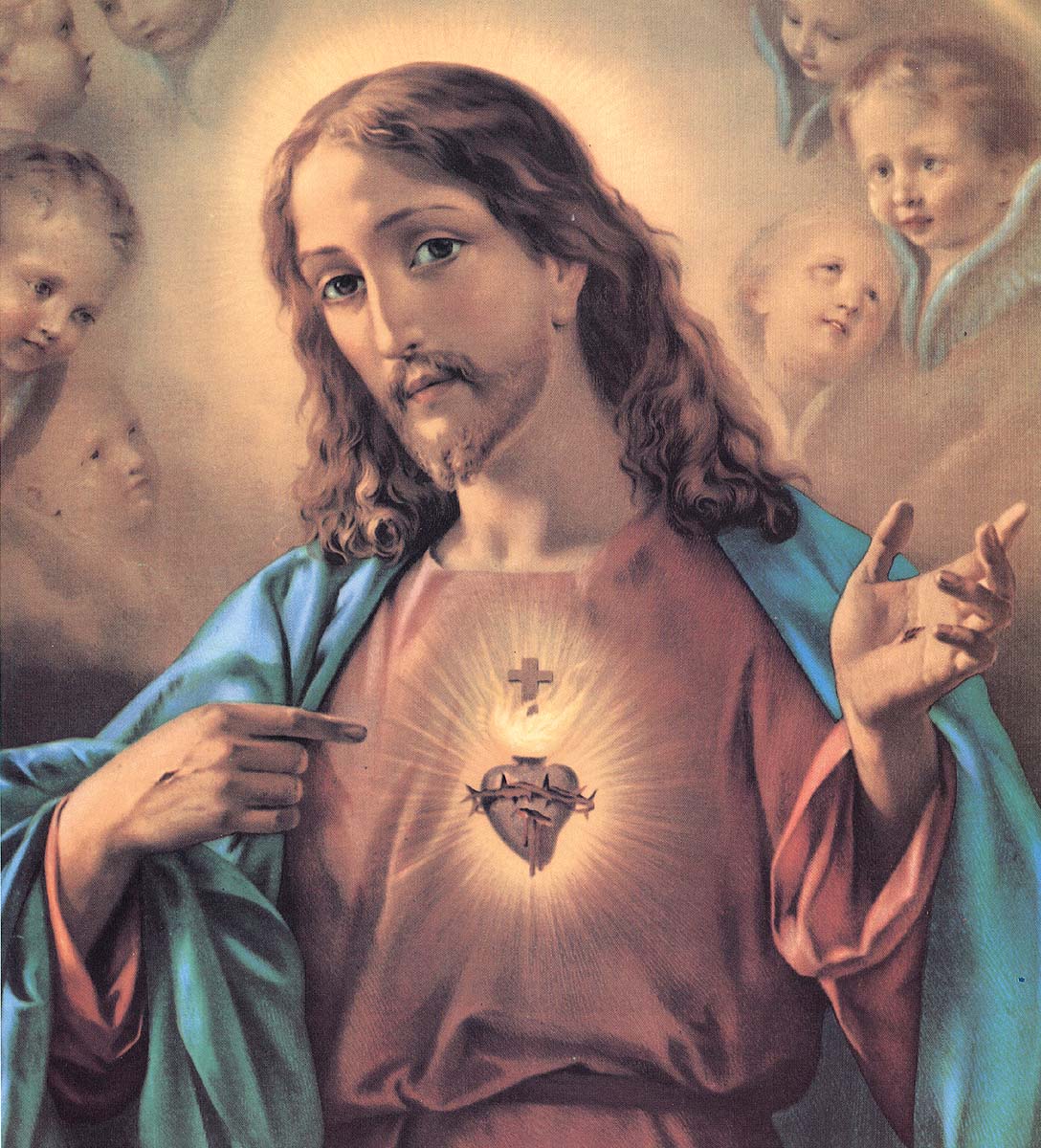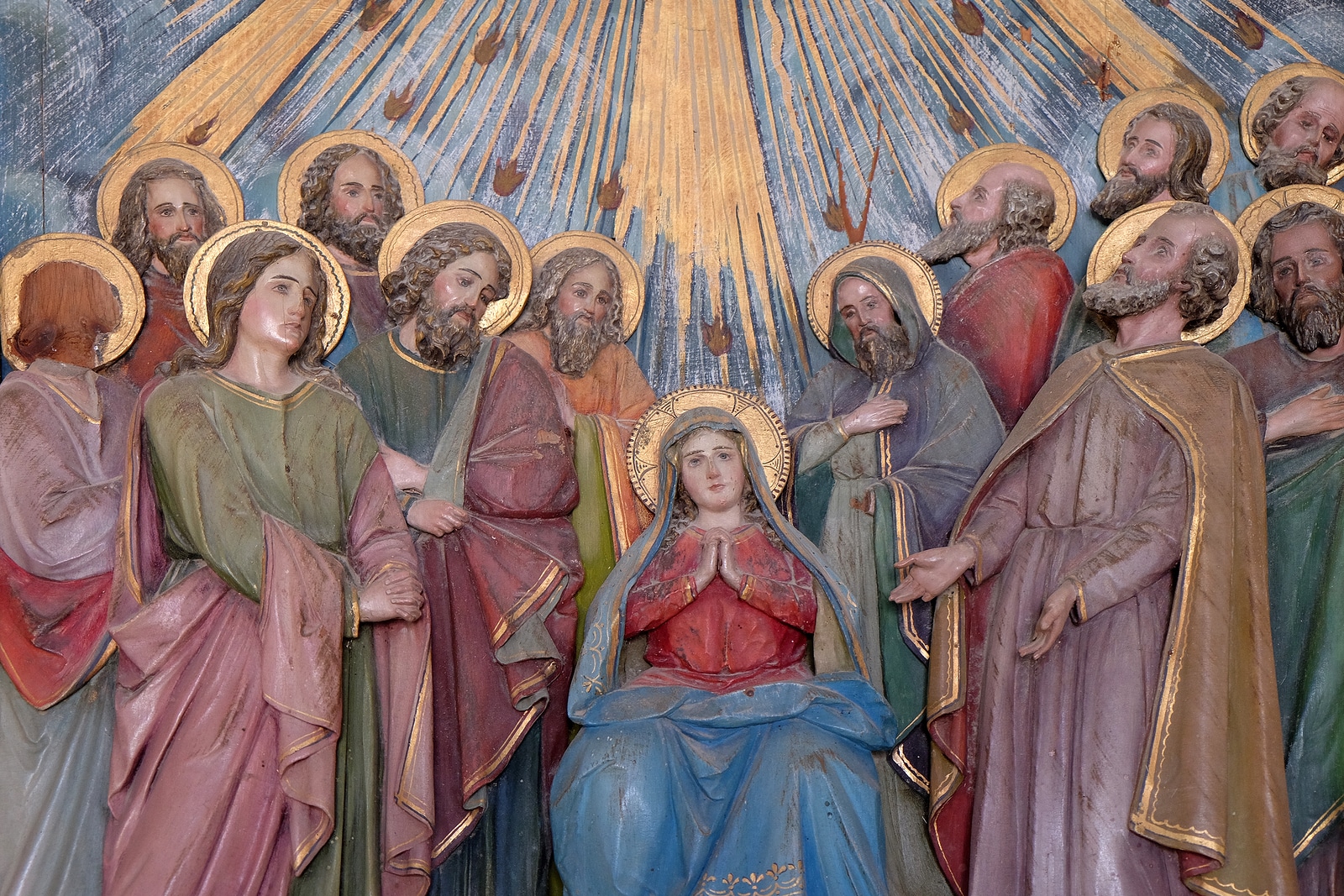Evangelization is about helping people encounter Christ, the second person of the Blessed Trinity. As defined in the Catechism of the Catholic Church, evangelization is “the proclamation of Christ by word and the testimony of life.” [1] The goal of evangelization is not, then, the understanding of doctrine, though proper evangelization leads to following the doctrine of Christ’s Church, [2] but the experience of being loved by Christ and loving him in return.
Equipped with an authentic understanding of evangelization, the question is: how do we evangelize the people in our lives so that they are on fire with the love of Christ? Well, in the first place, we need to be on fire with the love of Christ, because you cannot give what you do not have. But assuming that our hearts are burning for Christ, there is one method of evangelization that far surpasses all the others. I do not say this arrogantly or with any desire to put down others who utilize a different method of evangelization, for as Christ Himself tells us, “whoever is not against you is for you.” [3] Nevertheless, there are objectively good reasons for preferring this method of evangelization. This method of evangelization is making reparation to the Sacred Heart of Jesus Christ. To understand why this form of evangelization is better, let us take a brief look at the Sacred Heart of Jesus.
Devotion to the Sacred Heart of Jesus is one of the most venerable spiritual devotions in the history of the Catholic faith. It has its origins back in the eleventh century “when pious Christians meditated on the Five Wounds of Christ.” [4] Then, around 1670, St. Margaret Mary Alacoque began having visions of the Sacred Heart of Jesus and was even permitted by our Lord to rest her head on His Sacred Heart. [5] The essence of this devotion was revealed by our Lord Jesus Christ to St. Margaret Mary in these words (I quote the source of the words because they are too beautiful to summarize):
“On one occasion, whilst the Blessed Sacrament was exposed. . . Jesus Christ, my sweet Master, presented Himself to me, all resplendent with glory, His Five Wounds shining like so many suns. Flames issued from every part of his sacred humanity, especially from His Adorable Bosom, which resembled an open furnace and disclosed to me His most loving and most amiable heart, which was the living source of these flames. It was then that He made know to me the ineffable marvels of His pure [love] and showed me to what an excess He had loved men, from whom He received only ingratitude and contempt. ‘I feel this more,’ He said, ‘than all that I suffered during My Passion. If only they would make Me some return for My love, I should think but little of all that I have done for them and would wish, were it possible, to suffer still more. But the sole return they make for all My eagerness to do them good is to reject Me and treat Me with coldness. Do thou at least console Me by supplying for their ingratitude, as far as thou art able.’” [6]
Following this grace and commission, Margaret Mary protested that she was not able to console the Heart of Christ by supplying or atoning for the ingratitude of people. At this, Jesus gave her one flame from His Sacred Heart so intense that she thought she would die by being utterly consumed. [7] In other words, Jesus Himself gave St. Margaret Mary the grace of making reparation to His Sacred Heart for the rejection of His love by us sinners. The Holy Spirit, wishing to show that Jesus does not want the atonement to His Sacred Heart to be limited to St. Margaret Mary, but rather, wishes all followers of Christ to make atonement to His Sacred Heart, had the Holy Father Pius IX formally approve the devotion to the Sacred Heart of Jesus on May 8, 1873. Then to further the devotion to the Sacred Heart and communicate that Jesus wants this devotion to be universally acknowledged and practiced by the Catholic faithful, the Holy Spirit led Pope Leo XIII to formally recommend that all bishops throughout the world celebrate the feast of the Sacred Heart in their dioceses. In fact, Pope Leo XIII expressly recommends consecration to the Sacred Heart of Jesus. [8] He expressly says: “In that Sacred Heart all our hopes should be placed and from it [the Sacred Heart of Jesus] the salvation of men is to be confidently besought.” [9]
Returning to our conversation about why making reparation to the Sacred Heart of Jesus is a superior method of evangelization, we can make three critical observations.
Firstly, since evangelization is about introducing people to Christ, the focus of evangelization needs to be on Christ Himself. But anytime we speak about Christ, there is a risk that the focus will be on ourselves or on the other person. If the focus is primarily on ourselves, our effort at “evangelization” is nothing but the conceit of pride. If the focus is primarily on the person being evangelized, we cannot be truly successful. Even if the person is receptive to Christ because the Holy Spirit has prepared their heart, they will not persevere in their faith in Christ when we are not present to them. And most likely, they will not be fully open to our words and we will likely tire of being rejected and stop talking about Christ. What is needed is an approach to evangelization that places the emphasis on Christ Himself. Here then is the beauty and practicality of the devotion to the Sacred Heart of Jesus. When I offer up my entire day, my suffering, my joys, my annoyances, my sins, everything that I am and will ever be to the Sacred Heart of Jesus in atonement for the rejection of His love by the people of this world, then I am making atonement to Christ. This offering is far more effective at atoning for the sins of the world when combined with the offering of Christ in the mass, since the merit of Christ is infinite, [10] and thus the tremendous value of daily mass in evangelization. This atonement necessarily results in the outpouring of grace because that is the nature of the Sacred Heart. As Jesus says, “Amen, amen, I say to you, whatever you ask the Father in my name he will give you.” [11] Now to ask for something in the name of Christ presupposes that we have identified ourselves with Christ and desire what He desires, that is, the salvation of all people. So when we make atonement to the Sacred Heart of Jesus, we are asking Christ to save the people that He loves far more than we can ever imagine. This prayer will always be answered by Christ in the affirmative by giving more grace to save souls because the salvation of souls is, after all, the whole reason He became man and suffered in the flesh. Consequently, everything that we do all day long can be evangelization if we offer up everything to the Sacred Heart of Jesus to atone for the rejection of His love. If others listen to us or follow our example, praise God, but if not, we are still evangelizing.
Secondly, since evangelization does not consist in words or testimony alone, but in both words and testimony combined, [12] it is evident that what is needed for evangelization is total holiness of life. What we say, what we do, what we do not say, what we do not do, all are part of the fabric of righteous, holy living inspired by the Holy Spirit, which is the leaven by which the Gospel of Christ spreads. [13] Therefore, it follows that the best method of evangelization is that which most closely conforms us to Christ. The more conformed we are to Christ, the more effectively we can evangelize others. Now what devotion can possibly conform us more to Christ than making atonement to the Sacred Heart of Jesus for the rejection of his love? We cannot suppose that when we make atonement to the heart of Christ, our heart is not affected. Rather, like the heart of St. Margaret Mary, Jesus honors our efforts to make atonement to His Sacred Heart by giving us a flame of the love in His Sacred Heart, a flame which sets our hearts blazing with love. Atoning to the Sacred Heart of Jesus is the path for conforming our hearts to His, that we would all have the heart of Christ and be saved. That is why the Holy Spirit led Pope Leo XIII to expressly connect the devotion to the Sacred Heart of Jesus with the salvation of the world. The simple truth is: there is no better way to evangelize the world than to have the heart of Christ, and there is no better way to have the heart of Christ than to make an offering of our lives in atonement to the heart of Christ.
Thirdly, this method of evangelization links our pursuit of holiness with our increasing desire to save others. The more that we make atonement to the Sacred Heart of Jesus, the more that our heart resembles the Sacred Heart (the definition of holiness), the more that we desire to save others. Consequently, spiritual pride, the fixation on our own holiness, in other words, self-righteousness, is less of a threat to our spiritual life. The Heart of Christ makes clear that unless our hearts burn with the desire to save the lost sheep, any thought that we are holy is an illusion. So atoning to the Sacred Heart of Jesus is a method of evangelization that fortifies us against one of the greatest threats to true holiness: self-righteousness or spiritual pride.
Since then atoning to the Sacred Heart of Jesus places the focus rightly on Christ, allowing us to evangelize constantly without growing weary, conforms us to Christ by conforming our heart to His, and protects us against the great sin of spiritual pride, [14] it deserves to be accounted as the greatest and most sacred form of evangelization. Want to evangelize the culture and those you love? Make atonement to the Sacred Heart of Jesus. There is no better way.
###
[1] Catechism of the Catholic Church, 905. [2] The Church of Christ is identical with the Roman Catholic Church founded by Christ on the Rock of St. Peter (Cf. St. Matthew 16:18-19, The New American Bible). [3] St. Luke 9:50 (The New American Bible). [4] Kathy Schiffer, “Where Did Devotion to the Sacred Heart of Jesus Come From?” (June 23, 2017), available at http://www.ncregister.com/blog/kschiffer/where-did-devotion-to-the-sacred-heart-of-jesus-come-from(last visited June 2nd 2018). [5] Id. [6] The Autobiography of Saint Margaret Mary, pgs. 55-56 (TAN Books, Charlotte, North Carolina, 2012). [7] Id. at pg. 56. [8] Pope Leo XIII, Encyclical Letter Annum Sacram (On Consecration to the Sacred Heart), 8, available at http://www.ewtn.com/library/encyc/l13annum.htm(last visited June 2nd 2018). [9] Id.at 12. [10] Cf. Ephesians 3:8, “the inscrutable riches of Christ” (New American Bible). [11] St. John 16:23 (New American Bible). [12] Catechism of the Catholic Church, 905. [13] Cf. the Parable of the Yeast in St. Luke 13: 20-21. [14] Pride is one of the seven capital sins specifically mentioned in Catechism of the Catholic Church, 1866. It is also to be remembered that spiritual pride, the desire to be like God and know good from evil, is what led Adam and Eve to commit original sin. Cf. Genesis 3:1-7 (New American Bible).







